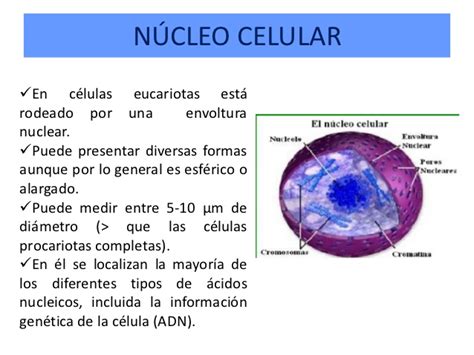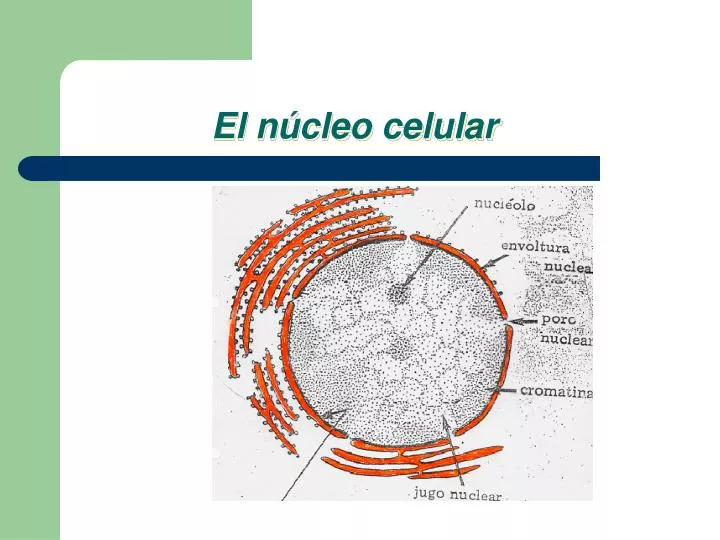

Note that general issues are tracked into the mbed repository available on GitHub. The following section describes known limitations of the platform.
#QUE ES NUCLEO HOW TO#
This video shows how to get started with ARM mbed Integrated Development Environment using STM32 Nucleo platform: mbed-dev library in (source files of the mbed library used on mbed compiler IDE).ARMmbed/mbed-os repository on GitHub ( up-to-date version, used with mbed CLI commands).You can find more details on the available pins and labels in the PeripheralPins.c and PinNames.h files. Mass storage (USB Disk drive) for drag'n'drop programming.USB re-enumeration capability: three different interfaces supported on USB.

USB VBUS or external source (3.3 V, 5 V, 7 - 12 V).Selection-mode switch to use the kit as a standalone ST-LINK/V2-1 El nucléolo es una estructura esférica que se encuentra en el núcleo de la célula cuya función principal es producir y ensamblar los ribosomas de la célula.On-board ST-LINK/V2-1 debugger/programmer with SWD connector.STMicroelectronics Morpho extension pin headers for full access to all STM32 I/Os.Random Number Generator (TRNG for HW entropy).GPIOs (114) with external interrupt capability.ARM®32-bit Cortex®-M7 + DPFPU + Chrom-ART™ Accelerator.The STM32 Nucleo-144 board does not require any separate probe, as it integrates the ST-LINK/V2-1 debugger/programmer and itĬomes with the STM32 comprehensive software HAL library, together with various packaged software examples, as well as a direct access to the ARM®mbed™online resources. Provides access to more peripherals and ST morpho headers make it easy to expand the functionality of the Nucleo open development platform with a wideĬhoice of specialized shields. The ST Zio connector, which is an extension of Arduino™ Uno, The STM32 Nucleo-144 board provides an affordable and flexible way for users to try out new concepts and build prototypes with the STM32 microcontroller,Ĭhoosing from the various combinations of performance, power consumption and features.


 0 kommentar(er)
0 kommentar(er)
